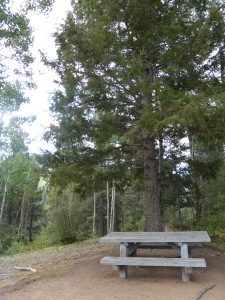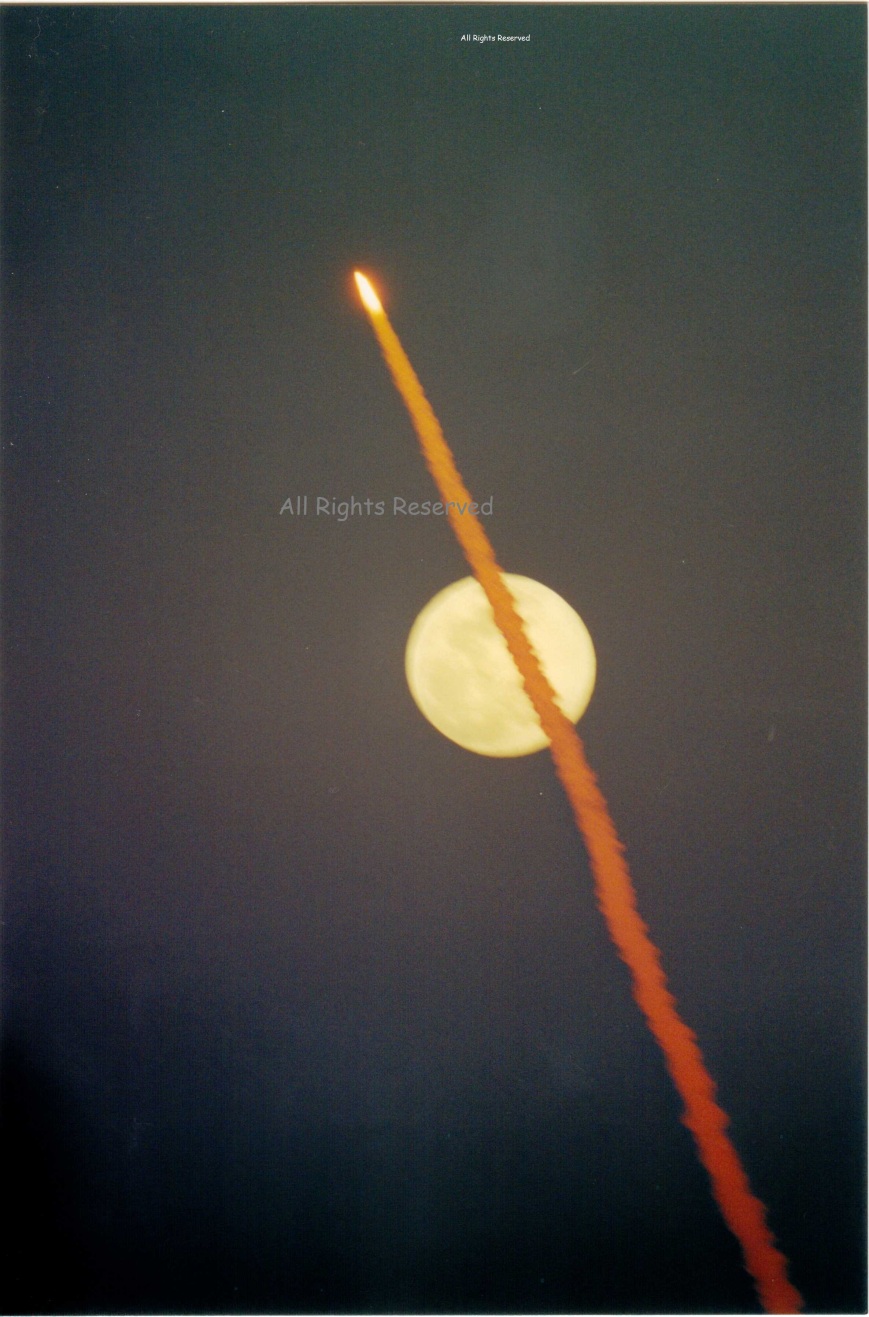
The Spanish dollar was the basis of the United States silver dollar. (Photo credit: Wikipedia)
Aaargh! Am I the only one who thought pieces of eight were made of gold?
There’s been a lot of pirate talk on the Thrill of the Chase blogs lately, and some pirates have already departed on their quest for the Forrest Fenn treasure hidden somewhere in the Rocky Mountains north of Santa Fe.
 English: The two Manila galleons-the “Encarnacion” and “Rosario” during the five battles of La Naval de Manila in 1646. Original illustration by John Ryan M. Debil (Photo credit: Wikipedia)
English: The two Manila galleons-the “Encarnacion” and “Rosario” during the five battles of La Naval de Manila in 1646. Original illustration by John Ryan M. Debil (Photo credit: Wikipedia)
So while I sit patiently in the Midwest trying to decode the clues in the poem, I continue to decorate my mind with new and possibly-never-useful facts. But then again, Mr. Fenn said nothing is too small to know (I still need to find his exact words on that.
 Even though where I grew up “two bits” was not uncommonly used in place of “quarter”, for some reason I always pictured pieces of eight as heavy gold coins. Wrong. The Spanish gold coin was the “scudo” or “escudo” and equaled 16 reales (royals).
Even though where I grew up “two bits” was not uncommonly used in place of “quarter”, for some reason I always pictured pieces of eight as heavy gold coins. Wrong. The Spanish gold coin was the “scudo” or “escudo” and equaled 16 reales (royals).
 English: Spanish doubloon stamped as minted in 1798 (Photo credit: Wikipedia)
English: Spanish doubloon stamped as minted in 1798 (Photo credit: Wikipedia)
The Spanish 8 reale coin was silver, and sometimes cut when smaller coins (i.e., a picayune was a half reale) were scarce. Hence, 2 bits, four bits, etc. One bit equaled 12 1/2 cents, which is coincidentally why, up until August of 2000, the New York Stock Exchange reported value changes in eighths.
Wait. Why base the NY stock market on the value of a Spanish coin?
Well, for starters, the colonies were forbidden, on pain of beheading and/or drawing and quartering, from making their own coins.
Secondly, the Spaniards had been reaping(?) the silver from Mexico to Chile since at least the 15th century. Spanish “Milled” or “Pillar” dollars were minted in places like Mexico City; Lima, Peru; Santiago, Chile; and, of interest to seekers of the Fenn chest, Santa Fe de Bogota, Columbia. (Quote: ” …in the mountains north of Santa Fe.” How far north, some have asked.)

English: Detail of Pillars of Hercules from Ta…
Holy Pompeii Pillars! I mean, Pillars of Hercules, at the Straights of Gibralter, gateway to the New World, as seen on the obverse of the coins milled in the Americas.
Back to the stock market question.
The Spanish silver dollar/real a de ocho was the most common coin in circulation in 1792 when the NYSE was founded. That was the same year Congress authorized the first Coinage Act, which established the mint in Philadelphia. Since it was going to take awhile to ‘print’ a lot of money, Spanish coins were made legal tender in 1793 and remained so until 1857, you know, after the California gold rush filled the coffers. And new regulations.
Next question: so why are old reales showing up in fields, clay pots, and creekbanks in Illinois? Like the 1/2 reales minted in Lima in 1755 and Nuevo Reino de Granada (Santa Fe de Bogota), and the 1702 to 1733 (?) vintage two bit piece.
(Hint: It’s good to look near really old tavern sites with a metal detector.)
Again, a couple answers. This was the frontier back in the day. Even before the War of Independence, the French, Spanish, and Brits were all over the place trying to plant flags and claim what wasn’t theirs. And up the Mississippi were the Spanish Mines—lead, not gold or silver.
And then, consider the sheer number of reales produced—between 1732 and 1821, 1.3 billion eight reale coins were minted at Mexico City alone. And they didn’t all make it to Madrid. The Manilla Galleons took them to Asia, as silver was the only commodity the Chinese accepted in trade.
 1748 Seale Map of the Pacific Ocean w- Trade Routes from Acapulco to Manila – Geographicus – Pacific-seale-1743 (Photo credit: Wikipedia)
1748 Seale Map of the Pacific Ocean w- Trade Routes from Acapulco to Manila – Geographicus – Pacific-seale-1743 (Photo credit: Wikipedia)
Shipwrecks. Pirates.
“Pizzas at eight! Pizzas at eight!
So, Dal, maybe you should go back to scuba diving for treasure and leave the Rocky Mountain treasure to us landlubbers.
Just kidding…..
Related articles










































